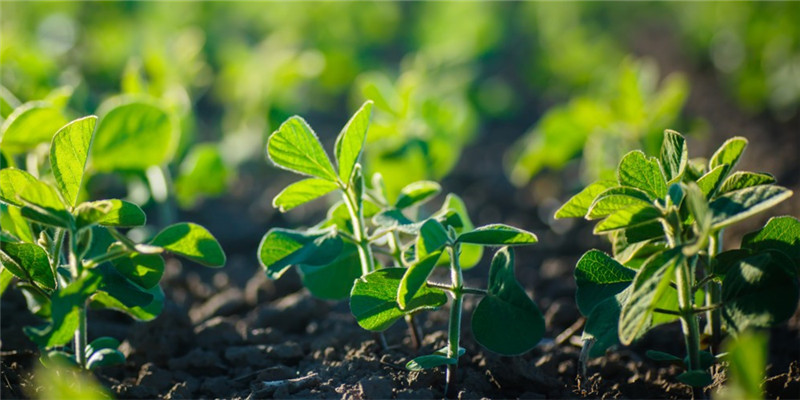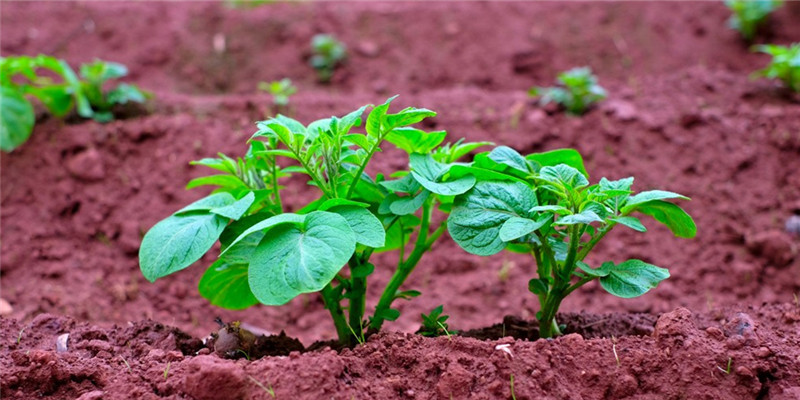Recently, Rizobacter launched Rizoderma, a biofungicide for soybean seed treatment in Argentina, which contains trichoderma harziana that controls fungal pathogens in seeds and soil.
Matias Gorski, global biomanager at Rizobacter, explains that Rizoderma is a biological seed treatment fungicide developed by the company in collaboration with INTA (National Institute of Agricultural Technology) in Argentina, which will be used in conjunction with the inoculant product line.
“Using this product before sowing creates conditions for soybeans to develop in a nutritious and protected natural environment, thereby increasing yields in a sustainable manner and improving soil production conditions,” he said.
The combination of inoculants with biocides is one of the most innovative treatments applied to soybeans. More than seven years of field trials and a network of trials have shown that the product performs as well or better than chemicals for the same purpose. In addition, the bacteria in the inoculum are highly compatible with some of the fungal strains used in the seed treatment formula.
One of the advantages of this biologic is the combination of a triple mode of action, which naturally blocks the recurrence and development of the most important diseases affecting crops (fusarium wilt, simulacra, fusarium) and inhibits the possibility of pathogen resistance.
This advantage makes the product a strategic choice for manufacturers and consultants, as lower disease levels can be achieved after the initial application of foliicide, resulting in improved application efficiency.
According to Rizobacter, Rizoderma performed well in field trials and in the company’s network of trials. Worldwide, 23% of soybean seeds are treated with one of the inoculants developed by Rizobacter.
“We have worked with manufacturers from 48 countries and have achieved very positive results. This way of working allows us to respond to their requirements and develop inoculation technologies that are strategically important to production,” he said.
The application cost of inoculants per hectare is US$4, while the cost of urea, an industrially produced nitrogen fertilizer, is about US$150 to US$200 per hectare. Fermín Mazzini, head of Rizobacter Inoculants Argentina, pointed out: “This shows that the return on investment is more than 50%. In addition, due to the improved nutritional status of the crop, the average yield can be increased by more than 5%.”
In order to meet the above production needs, the company has developed an inoculant that is resistant to drought and high temperature, which can ensure the effectiveness of seed treatments under harsh conditions and increase crop yields even in areas with limited conditions.
The inoculation technology called biological induction is the company’s most innovative technology. Biological induction can generate molecular signals to activate the metabolic processes of bacteria and plants, promote earlier and more effective nodulation, thereby maximizing the ability of nitrogen fixation and promoting the absorption of nutrients required by legumes to thrive.
“We give full play to our innovative ability to provide growers with more sustainable treatment agent products. Today, the technology applied to the field must be able to meet the growers’ expectations for yield, while also protecting the health and balance of the agricultural ecosystem. ,” Matías Gorski concluded.
Origin:AgroPages.
Post time: Nov-19-2021



